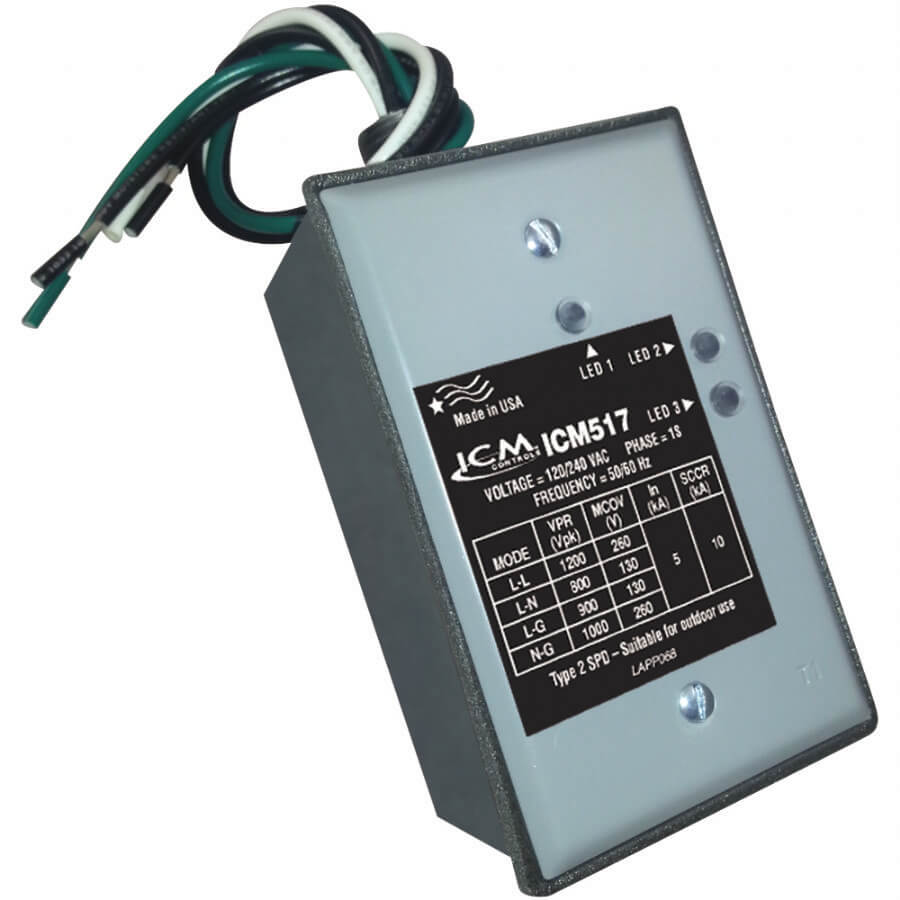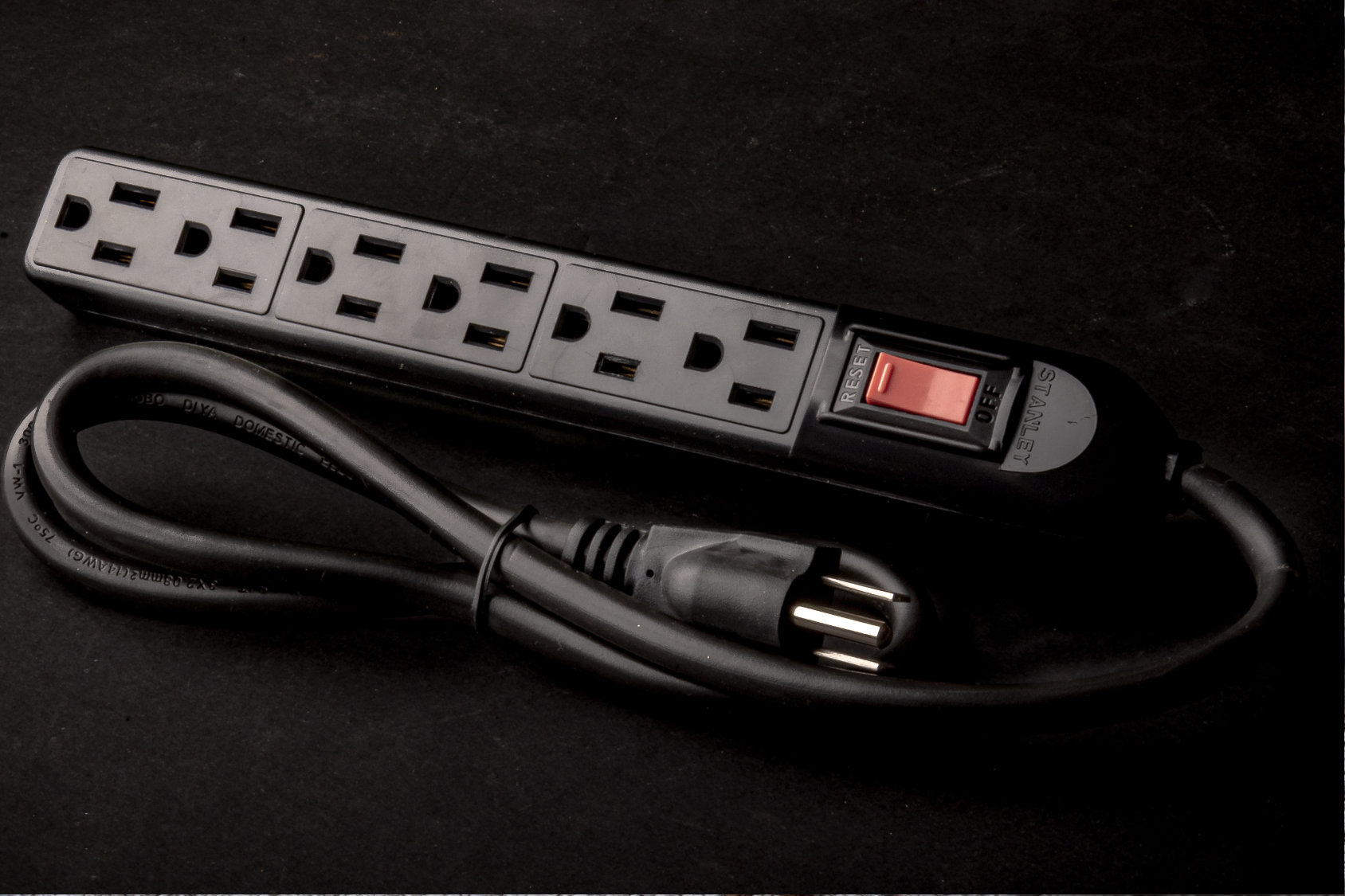Table Of Content

While the Leviton SRG can be used in individual residences, it is designed to be used in service entrances to apartments and condominiums, where it will certainly look neater than many rivals. The enclosure is NEMA 4X rated, and so it’s also perfectly safe for outdoor use. With single surge protection of up to 108kA, this is one of the highest-rated Type 2 devices we found, and equally suitable for residential or commercial use on 120 or 240-volt lines. It offers four modes, useful LED status indicators, and is UL listed for safety. Increasingly, new homes are being constructed with built-in Whole House Surge Protectors.
Transformer explosion: How to protect your home from damaging power surges - CTV News Toronto
Transformer explosion: How to protect your home from damaging power surges.
Posted: Fri, 24 May 2019 07:00:00 GMT [source]
Whole house surge protectors stop power surges. They keep your home safe.
Now that we have discussed the pros and cons of whole home surge protectors, individuals looking to go forward with their installation are properly wondering what surge protector to buy. More complex models may feature additional lights to show a fault condition, while others have audible alarms. While a single surge is unlikely to knock out your protection completely, it’s possible that after numerous events, the unit may fail.
Square D HEPD80 Whole House Surge Protector Review
During such moments, it is the circuit protector’s job to save your electronics from damage. As is the case with almost everything in life, surge protectors come with their own set of cons as well as the previously mentioned pros. To better understand the benefit your home can receive from a device such as a whole home surge protector, it is pertinent to compare their pros and cons. Today’s Homeowner exists to help you maintain or improve your home safely and effectively. We uphold strict editorial standards and carefully vet the advice and resources referenced in our articles.
How to buy the best UPS or surge protector - CHOICE
How to buy the best UPS or surge protector.
Posted: Fri, 12 May 2017 07:00:00 GMT [source]
Top Electrical Pros in Major Cities
A whole-house surge protector prevents power surges from entering a home. It will protect appliances and devices and the home’s electrical system, and it will even potentially prevent an electrical fire. Point-of-entry or whole house surge protectors are installed at your home’s main electrical panel and are designed to guard an entire household or building from external surges.
The Causes of Power Surges
When the voltage exceeds a safe level, the surge protector automatically diverts the excess voltage to the ground, protecting all the electrical devices in the house from damage. Whole home surge protectors are highly recommended as they provide a cost-effective way to keep all household appliances protected from power surges. A surge protector helps prevent damage to the electrical devices and appliances in a home as well as the overall electrical system during a power surge. Surges can “fry” unprotected devices, causing them to stop working immediately or sooner than expected. Installing a surge protector protects a home from power surges caused by lightning, faulty wiring, and even internal appliances.

Instead, the Intermatic allows for replacing individual modules, which can be done by simply disconnecting the device. Over time, this could result in considerable savings, especially in areas subject to frequent lightning strikes. The standard junction box adds to its durability over time and works well for light commercial use, though with a NEMA 1 rating, this whole-house surge protector can’t be installed outdoors. With an 80 kA surge current rating, a NEMA 4X rating, and an LED status indicator on the front, this versatile Type 1 whole-house surge protector punches well above its price point. Installation is incredibly straightforward and, thanks to its compact design, the HEPD80 doesn't take up too much room next to a breaker panel. While installing a whole-house surge protector is not the most expensive of projects, you still may be looking for a way to save some money.
Additional Outlet Installation
Installation requires that power to the home be disconnected while work is carried out. The installation must also be undertaken by a qualified electrician, which can add considerably to the cost. In some cases, it’s necessary to inform the utility company before work is carried out, though the contractor should arrange that. Extreme weather conditions like hurricanes, tornadoes, blizzards, and thunderstorms pose obvious power-outage threats, but other factors contribute to voltage surges more often than you might realize.
Can I install a whole home surge protector myself or do I need a professional?
First of all, not all surge protectors live up to their name; some are little more than glorified extension cords. Second, a surge will follow any wire into a house—phone and cable lines included—and threaten fax and answering machines, televisions, satellite systems, computers, and modems. Before you hit the ground running, it’s important to have a solid understanding of the relevant features of whole-home surge protectors and how they will affect your purchasing decision. The following provides a comprehensive guide to many of the technical and safety considerations to keep in mind while shopping for the best whole-house surge protector. Flush mounting a surge protection device can result in a more attractive appearance, and while this isn’t always a consideration, it may be a factor when the device is visible.
Circuit Protectors
These surge protectors are always working, and even if the home does not experience any large power surges, they will stop small surges from entering. Small surges will wear out the surge protector over time, so it is important for homeowners to have them replaced every few years. In addition to the cost factors explained above, there are a few more that may apply in certain situations. Homeowners can keep reading to determine if an electrical panel upgrade, wiring replacement, or additional outlet installation may increase the cost of their whole-house surge protector installation. A Surge Protector is a device designed to control high-speed, high voltage transients or surges that are common in electrical systems. Surge Protectors act as an insurance policy against electrical transients caused by voltage surges generated within the home, lightning surges, and utility-related surge events.
If the surge protector is not installed correctly, not only will it not work, it could also cause electrical safety concerns in the home from faulty wiring or overheating. Whole-house surge protectors are effective at stopping power surges from negatively affecting a home. Whole-house surge protectors prevent power surges from lightning, appliance draws, and faulty wiring, all of which can fry a home’s devices.
Type 2 surge protectors are the most common type and are built to protect against internal surges. This type of surge protector can be installed on a single circuit in the breaker box or on the whole electrical panel itself. Depending on the model, it will protect against large surges and smaller ones. Since there are electrical panel modifications required to install a Type 2 surge protector, a professional electrician should complete the work.
We always look out for potential hazards and take correct actions before damage can occur. Our goal is to arrive at scheduled appointments on time so that you can feel confident and relaxed. We build long-term relationships with our clients by putting their needs first. If you’re experiencing an electric problem, don’t hesitate to contact our electricians, who are just a call away.
All electronic devices are susceptible to damage from power surges caused by lightning strikes, sudden spikes in voltage, and other electrical disturbances. These surges can cause extensive damage or even destroy expensive electronic devices. A whole-home surge protector is an effective solution to protect all electronic devices in a home from such surges. A whole house surge protector is a device installed in your home’s electric panel, designed to protect all appliances and electrical systems from voltage surges. When it senses an overvoltage event, it instantly diverts the excess energy to the ground wire, preventing damage to circuit boards in your devices. Type 1 surge protection devices (SPDs) discharge very high currents to earth, providing the best possible peak voltage protection to the installation.
He has a passion for educating and empowering homeowners to make informed decisions about their properties. Matt's writing focuses on a range of topics, including windows, flooring, HVAC, and construction materials. With a background in construction and home renovation, Matt is well-versed in the latest trends and techniques in the industry. His articles offer practical advice and expert insights that help readers tackle their home improvement projects with confidence.

No comments:
Post a Comment